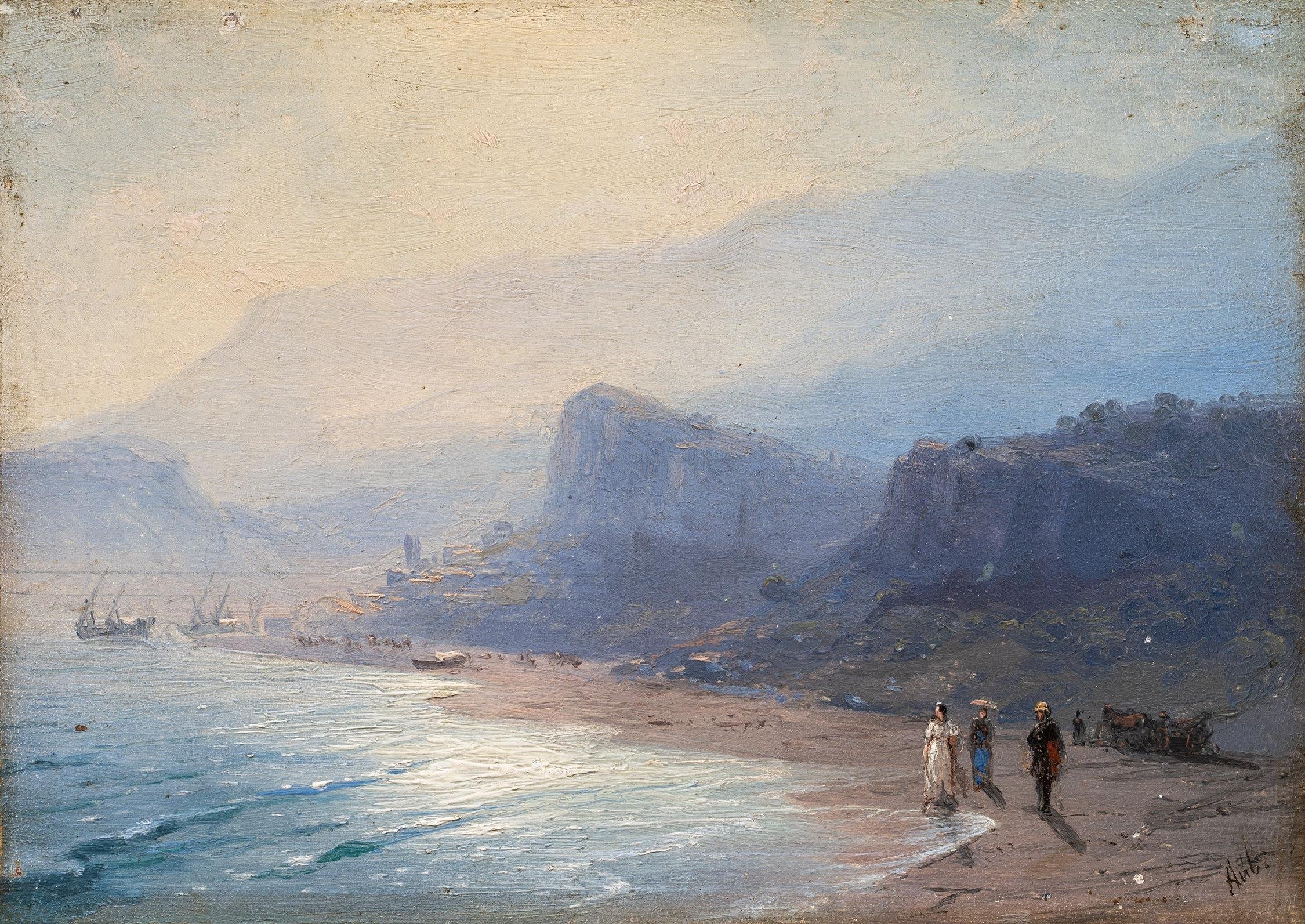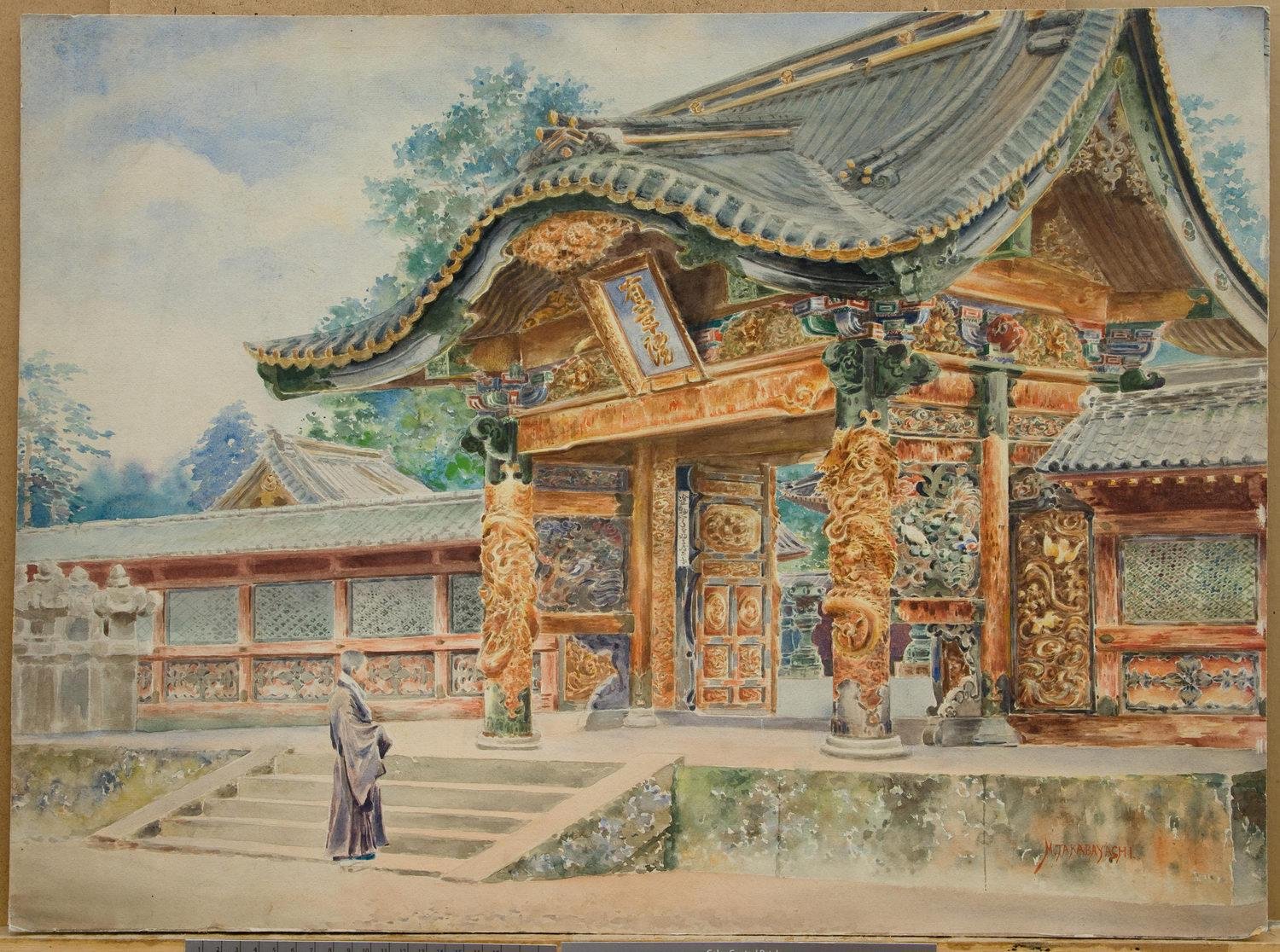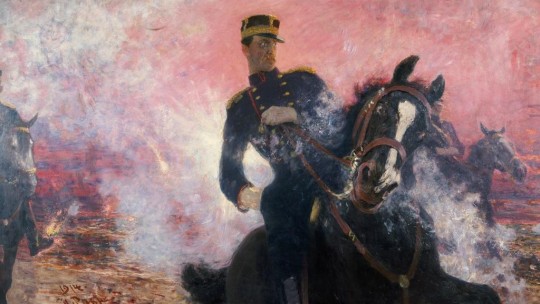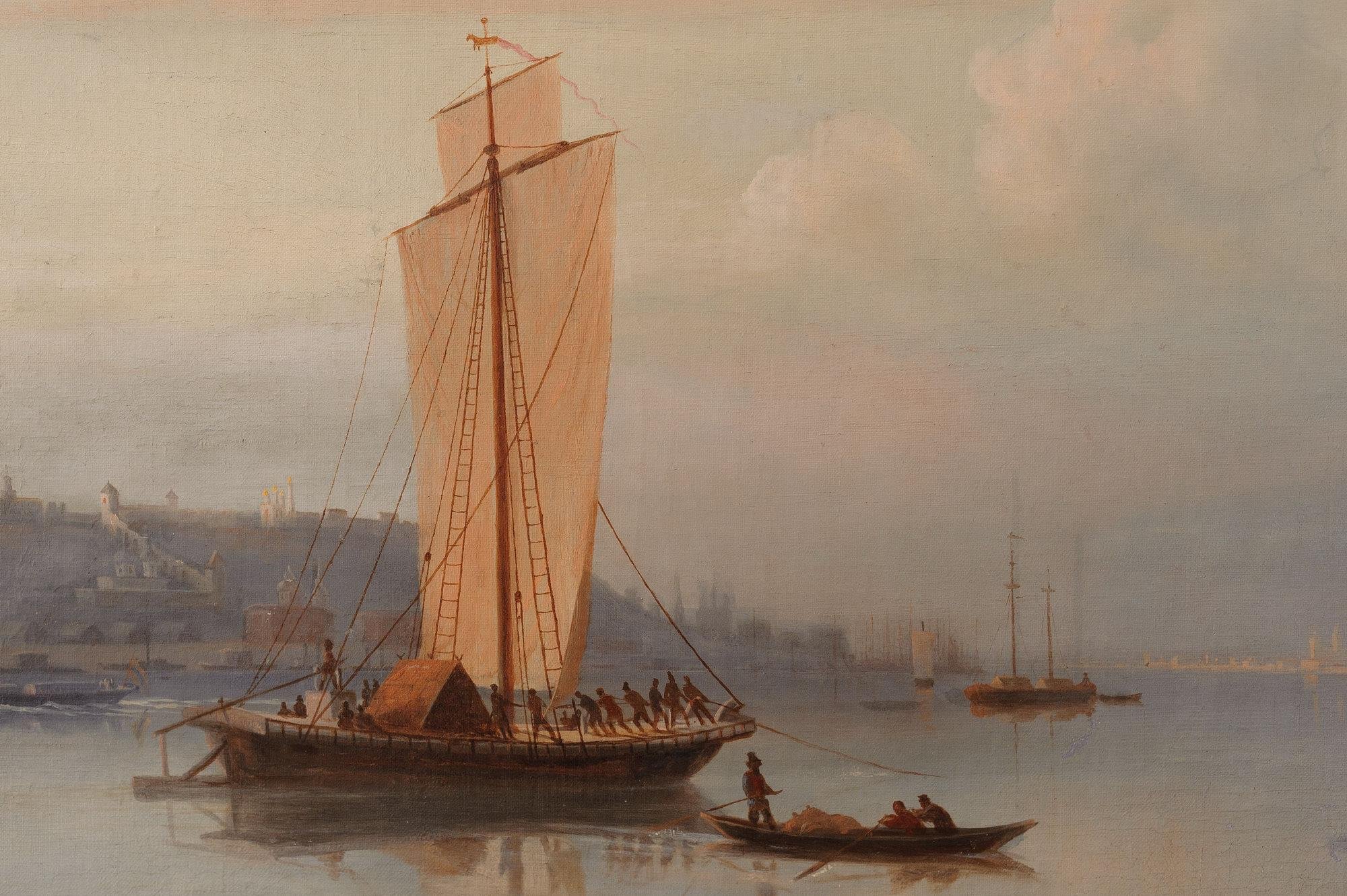
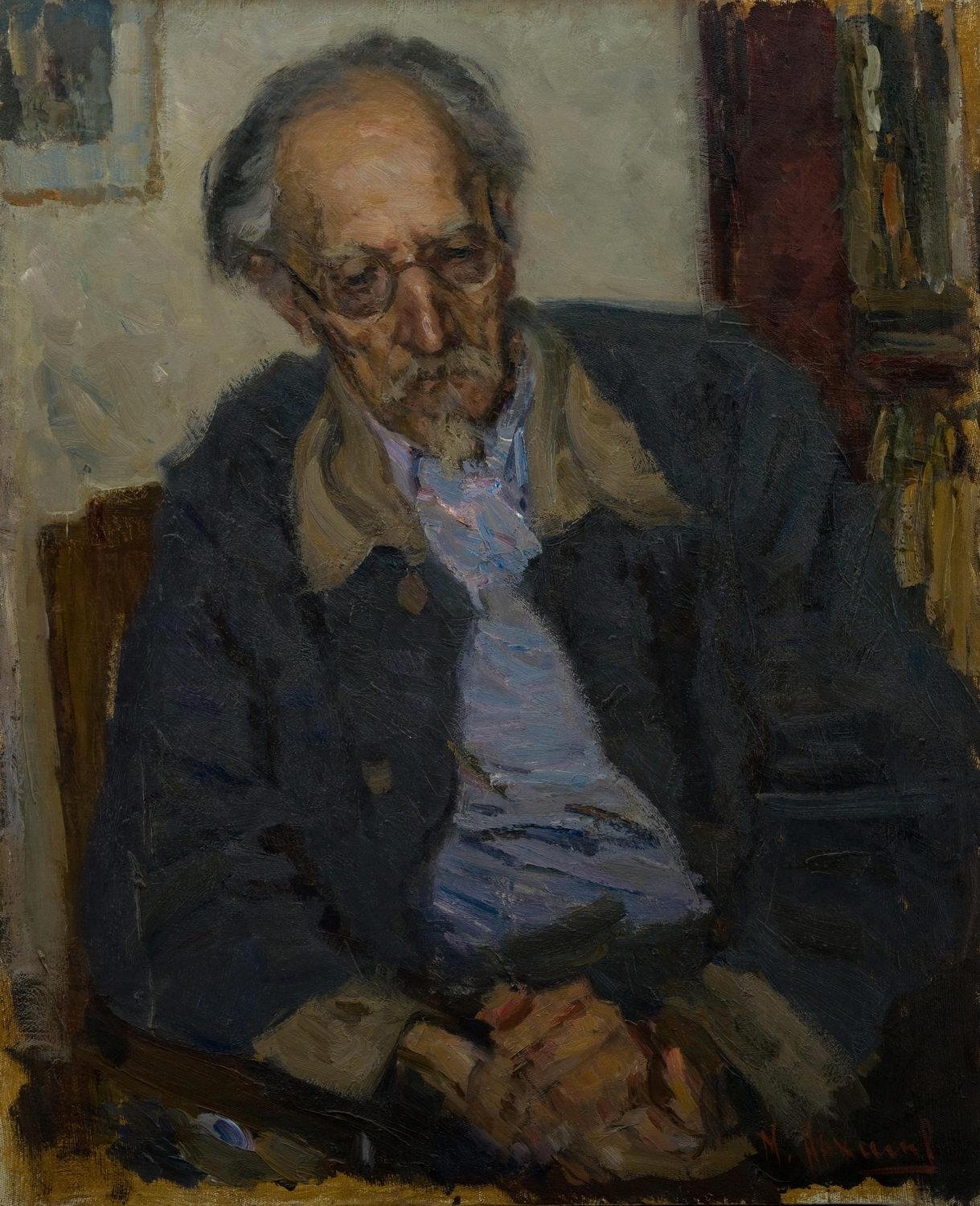
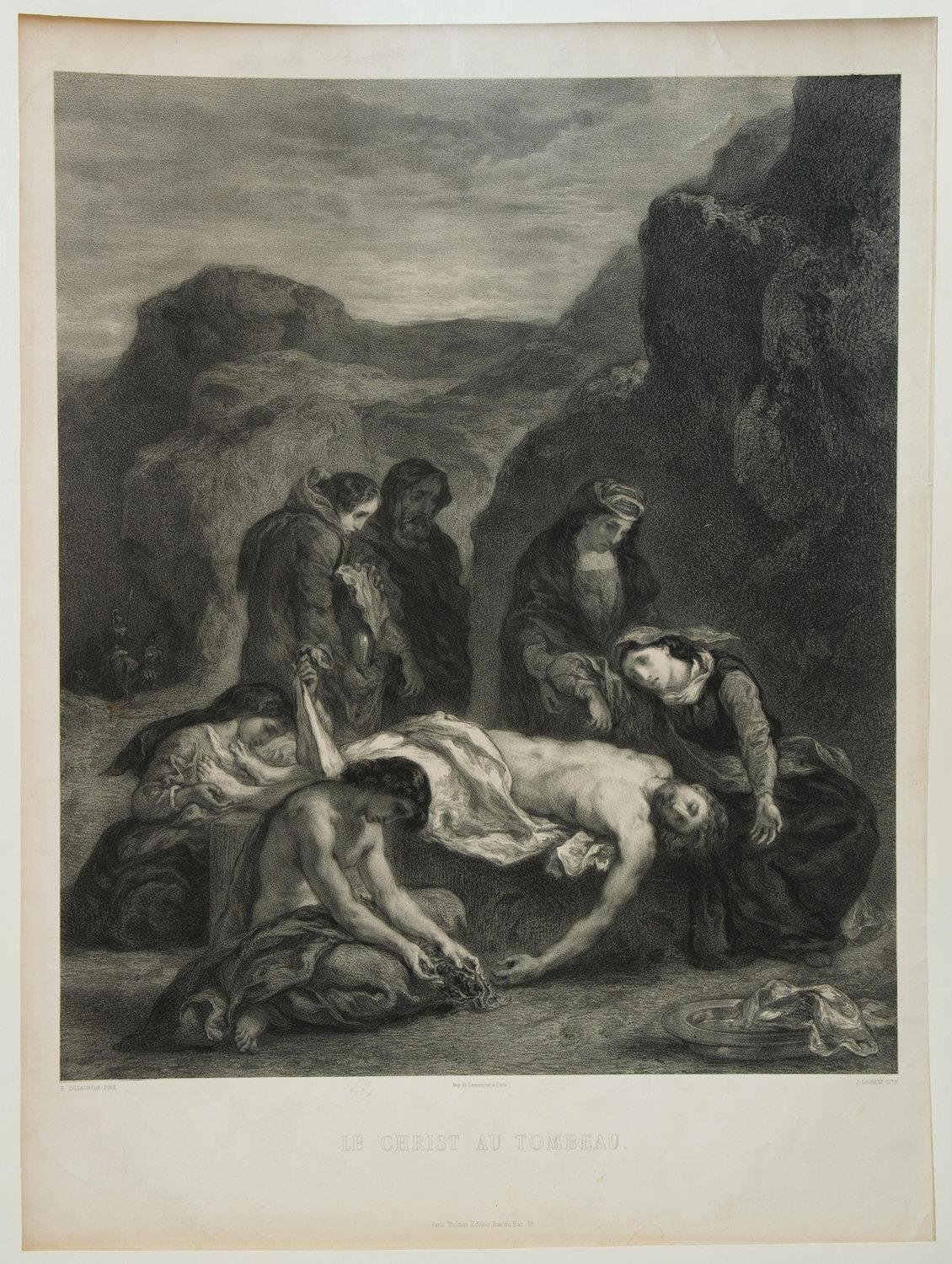
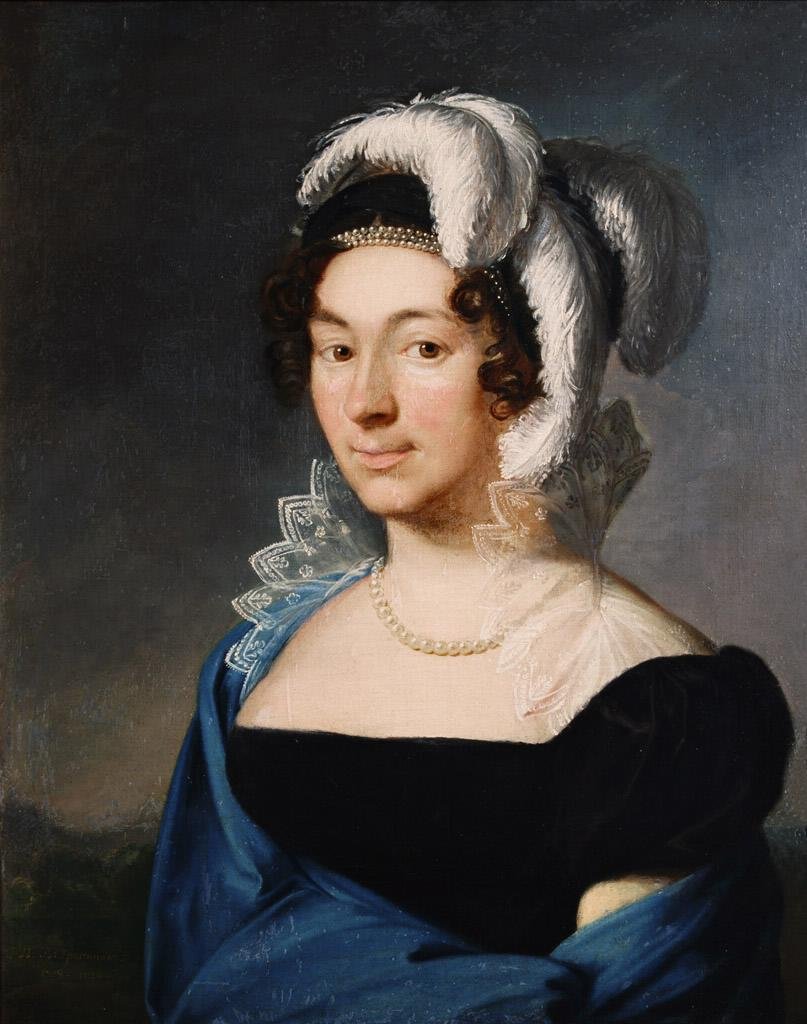
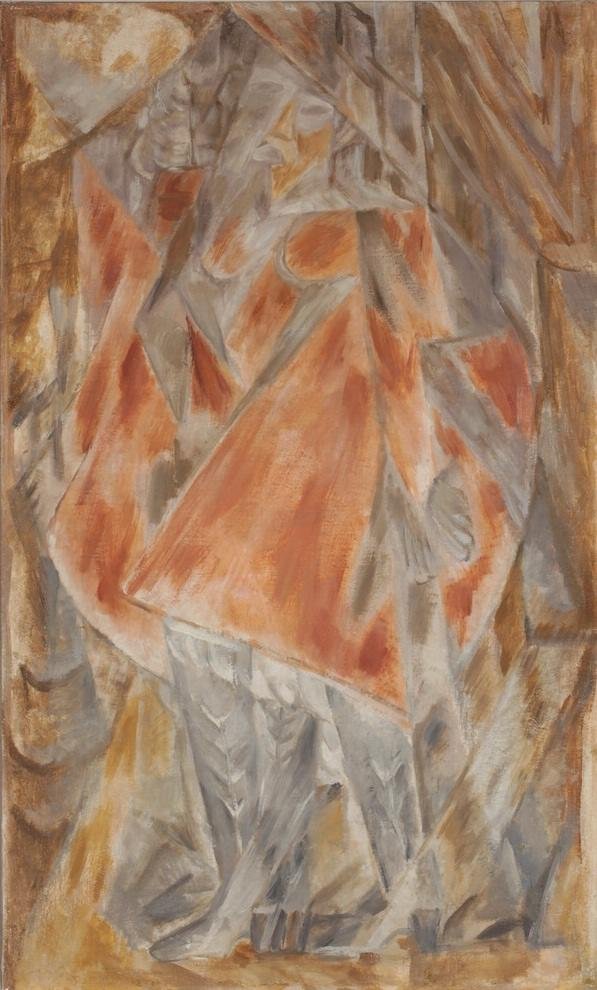
Коллекция
Бельгийский король Альберт в момент взрыва плотины в 1914 году
1914
Холст, масло. 144х246 см.
«Бельгийский король Альберт в момент взрыва плотины в 1914 году»
Полотно Репина является как бы репортажем с фронтового участка Первой мировой войны и посвящено подвигу бельгийского короля Альберта, взорвавшего плотину, чтобы преградить путь немецким войскам. Получив от владелицы московского салона Клары Лемерсье, вдовы бельгийского подданного, фотографию короля Альберта с просьбой сделать набросок для портрета, Репин увлекся сюжетом, в результате и появилось на свет это произведение. Ему позировал футурист Василий Каменский. Желая передать острую динамику сражения, автор строит композицию асимметрично, сдвигая фигуру скачущего всадника вправо, так что почти вся левая часть холста оказывается заполненной лишь сполохами огня и клубами дыма. В поисках наиболее убедительного положения головы всадника, Репин многократно переписывая ее, остановившись на повороте вправо, в то время как голова коня повернута влево, что сообщает композиции дополнительную динамику.
******************************************************************
Paintings of one of the Great Russian artist Ilya Repin - "Portrait of the Composer Anton Rubinstein" (1909 - 1915) and "The Belgian King Albert" (1914) are of interest as the late works of the master, who was actively using in his art the achievements of modern painting. The painting "The Belgian King Albert" is interesting, first of all, because it is a kind of a reportage response to a particular episode of the First World War. Repin has dedicated it to the act of bravery of King Albert, who blew up a dam to block the path of the German troops. He learned about it from the newspapers that published reports from the battlefield. The intention of the artist was to bring the viewer into the very atmosphere of the battle, to convey the dynamics of the battlefield, to this end, he shifts the figure of the galloping rider to the right, so that almost the entire left side of the canvas is filled with a densely passed flashes of fire and clouds of smoke from the volleys. That way the whole composition takes on the character of the frieze, because it is horizontally elongated; there are certain fragmentary figures of other riders of the left and right of the painting.


